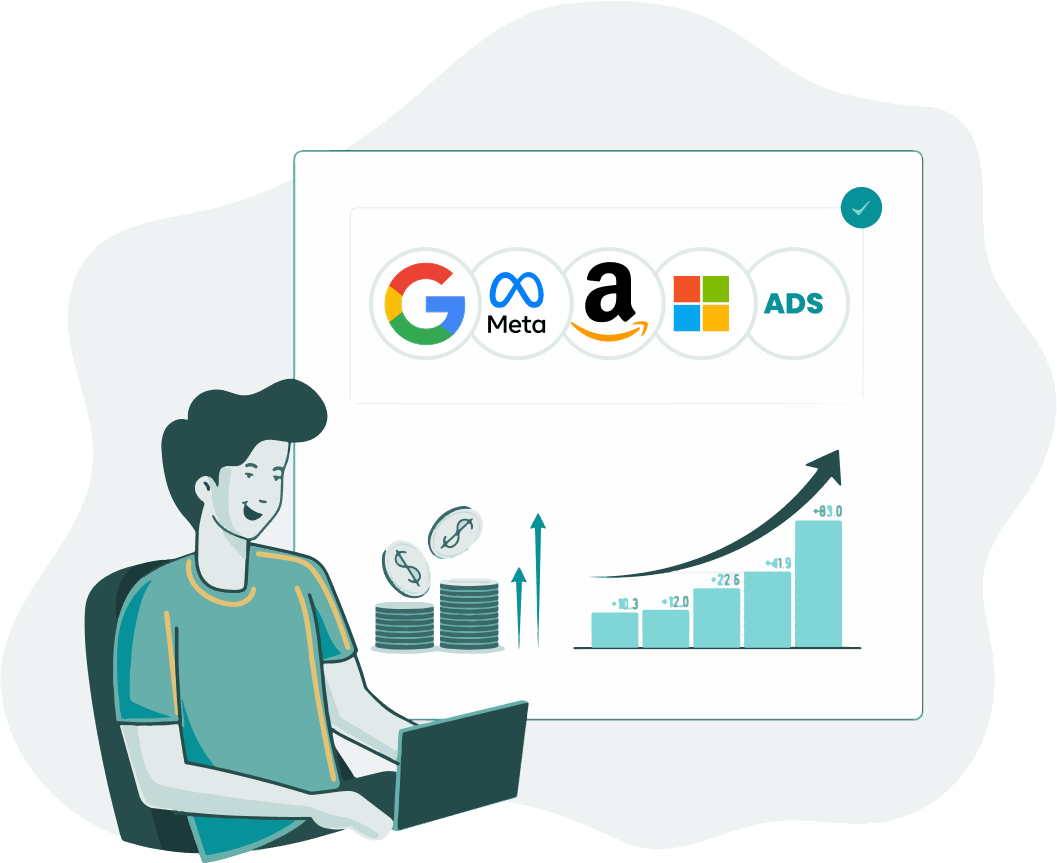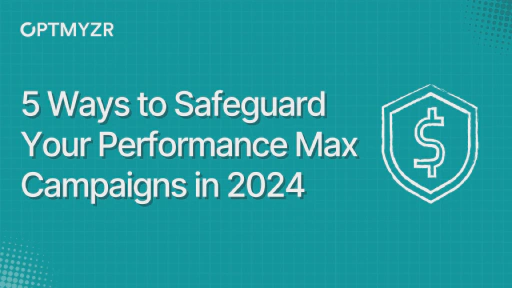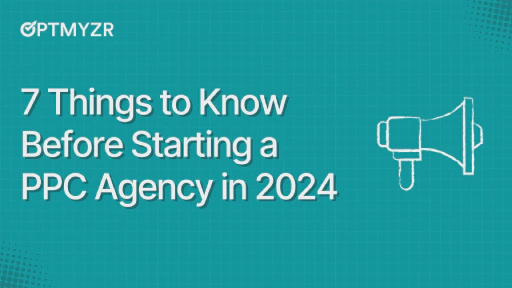In this article, you’ll learn how to use audience segmentation to improve the relevance and return on investment (ROI) of your advertisements. This strategy grants your marketing team the creative direction they need to develop high performing and profitable ads that appeal to their target audiences.
Read on to understand audience segmentation and how best to use it to your advantage.
What is Audience Segmentation?
Audience segmentation is the process of breaking up your target audience into smaller groups that share certain metrics. With this data in hand, your marketing team can develop buyer personas that represent these groups and tailor ads to each of them, with the goal of increasing engagement, clicks, and ultimately purchases.
Types of Audience Segmentation
You can segment your target audience using metrics that range from geographical location to behavioral traits and beyond.
Below is a brief overview of each of the most popular and important types of audience segmentation you can apply.
Geographic segmentation
Geographic segmentation involves grouping your target audience based on their location in the world. For example, you may group your customers who live outside of the United States separately from those who live in the US.
Demographic segmentation
Demographic segmentation includes metrics such as ethnicity, gender, occupation, age, and income.
Psychographic segmentation
Psychographic refers to the psychological characteristics (i.e., beliefs, values, likes, dislikes) of each member of your target audience.
Behavioral segmentation
When you group your target audience using behavioral segmentation, look at the way that they behave on their purchasing journey. Where is their starting point? How long do they stay on your website before clicking away?
Identifying patterns in this segment can be extremely insightful, as those patterns can help you improve not just ad relevance but also technical issues with your site which could be deterring potential customers from fulfilling your desired outcome.
Technographic segmentation
Technographic segmentation allows you to map out how your customers view and interact with technology. For example, some of your customers may embrace technological advances, whereas others may dislike having to learn new things.
Needs-based segmentation
Different customers have different needs. With needs-based segmentation, focus on grouping your target audience according to their unique problems and the solutions your company offers.
Value-based segmentation
Value-based segmentation views your target audience according to the value they bring to your company in terms of revenue and ROI.
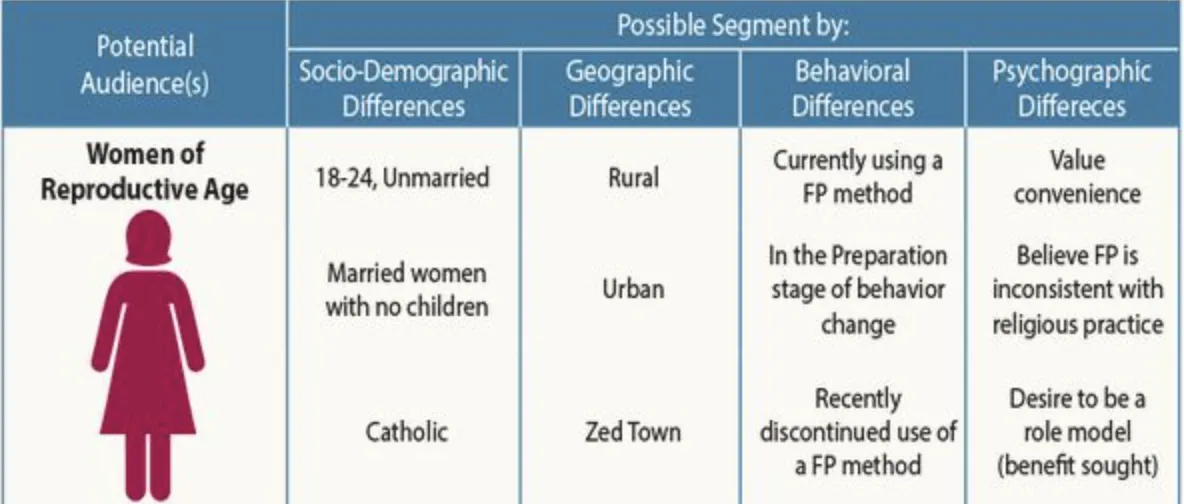
Source: The Communication Initiative Network
How to Choose The Right Segmentation Method?
Choosing the right segmentation method starts with using an audience segmentation tool to gather and interpret data about your target audience.
What are audience segmentation tools, and how to use them?
Audience segmentation tools like Google Ad Manager and Google Analytics analyze the visitors to your website. To see a segment in Google Analytics, open your Analytics account and the View you wish to see.
If you open the Audience Overview, you will see the All Users segment. You can click on Add Segment. This action will open a list of pre-created segments. You can use these, or custom create your own.
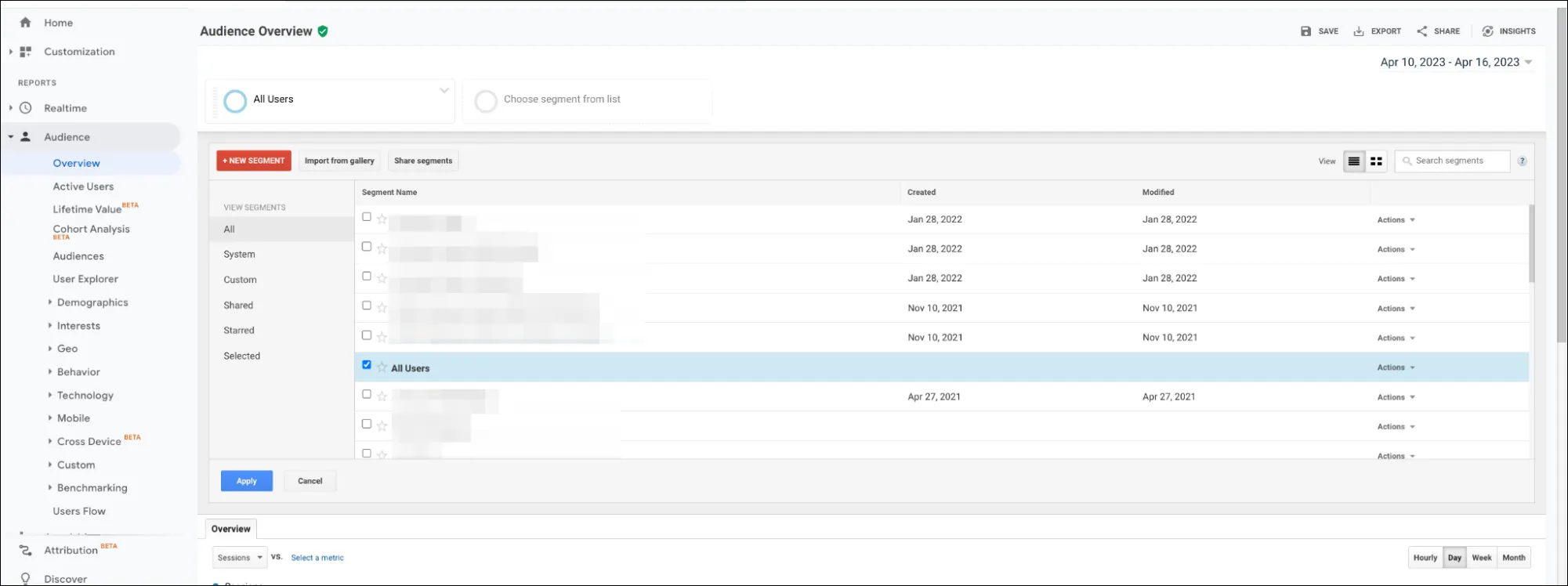
After you pull up the segments list, browse the segments of your audience who visited your website.
Pay close attention to groupings that are large and overlap. These are your biggest segments, and they will give you the greatest insight into your most valuable customers.
How to Gather and Analyze Data for Audience Segmentation?
Gathering and analyzing data is the bedrock of audience segmentation. Let’s explain how it works.
What are the data sources for audience segmentation?
The biggest source of data for audience segmentation is your customers themselves. But there are numerous ways to reach out to them. You can, for example, use Google Analytics to gather data about the people clicking on your ads and visiting your website.
Here are some other ways to collect data from your target audience:
- Email surveys
- Focus groups
- Online polls
Use these methods to ask customers questions that will help you group them in ways that an audience segmentation tool can’t quantify based on analytics alone. Their answers will enable you to narrow those initial broad segments into even smaller groups, which will help you hone your targeted advertising even further.
Specifically, look for information about your audience that is needs-based, psychographic, and behavioral, which will tell you more about their personality and potential purchasing decisions than demographic data alone will.
How to analyze and interpret the data?
Once you’ve obtained data about your target audience, group the results using your chosen segmentation methods.
Next, look at the number of people in each segment to find the largest groups, as well as discover how the different groups overlap. Think about their answers to your questions and the gaps that they identify in your marketing. Finally, use those gaps to come up with creative targeted ad solutions.
Common challenges in data analysis and how to overcome them
The most common challenge in data analysis is incentivizing your target audience to participate in data collection.
To overcome this obstacle, consider rewarding customers who participate with discount codes for your online store, an entry in a prize drawing, or a free digital product.
Buyer Personas - What Role Do They Play in Audience Segmentation?
Once you’ve segmented your audience, the next step to improving ad relevance and return on investment (ROI) is creating buyer personas.
What are buyer personas?
A buyer persona is a fictional stand-in for your typical customer. The persona’s description is specific and includes all types of segmented data you obtained about your audience from demographics, psychographics, needs, wants, and more.
Why are buyer personas important?
Buyer personas describe your typical buyers. These are the individuals you’ve identified as making up the largest, most valuable groups in your target audience. For example, your highest revenue earning customer may be a top-earning Black woman in her twenties who prefers shopping for high quality clothes through an app because it’s quick and convenient for her busy lifestyle.
How to create buyer personas?
Once you’ve segmented your audience, create buyer personas by identifying similarities between different groups. For example, if a large portion of your customers are in their thirties, you could start a buyer persona based on that demographic data and build from there.
How to Target Specific Audience Segments?
With your buyer personas prepared, use them to target specific audience segments.
Here are a couple of strategies for accomplishing that goal.
Identify high-priority audience segments
First, identify which audience segments are the highest priority. These are the groups you should appeal to if you want to generate the most engagement and revenue.
A great place to start is by looking at which groupings contain the most customers, as well as which groups have the potential to generate high revenue once their needs and values are targeted.
Create tailored messaging for different segments
Tailor your ad messaging for your high priority segments. This way, you can appeal directly to your most valuable customers in a way that makes them feel seen.
Ultimately, this is how you will improve ad relevance and your ROI and conversion rate on advertising spend. You’re spending less money on general messaging that can’t possibly appeal to everyone in your audience, and more time speaking directly to your most frequent and highest spending clients.
Retargeting Strategies - What They Are and Why You Need Them?
While we’re on the subject of audience segmentation, we want to address its role in retargeting, which can also improve ad relevance and ROI.
What is retargeting?
Retargeting is a tool which shows targeted ads to visitors to your website who didn’t make a purchase (or complete whatever action you want them to do when they go to your site).
The success of this strategy rests on using audience segmentation to analyze what might not have worked for a potential customer, and then sending them an ad targeted to their unique needs and preferences.
All of this effort is in hopes of funneling them further along the buyer’s journey.
How retargeting works?
Retargeting requires obtaining first-party data, such as contact information (email addresses, phone numbers, etc.). You must then add this data to secure lists on a CRM, a third-party application like Optmyzr, or advertising platforms like Google Ads. You attach a specific ad to that list, so that anyone with that email address on that platform will see that ad.
How retargeting improves ad relevance and ROI?
Retargeting grants you multiple chances to entice buyers who previously visited your site or clicked on your ad, but didn’t complete their journey to a purchase (or your desired outcome).
By pairing this strategy with audience segmentation, you can define what types of potential customers aren’t completing their buyer’s journeys, and then develop ads designed specifically to appeal to their behavioral, demographic, psychographic, and needs-based data. This tailored approach not only bolsters the relevance of your ads but also contributes to a higher ROAS, as you allocate resources more effectively towards engaging and converting specific audience segments. In this way, retargeting fulfills the twin goals of improving the relevance of your ads and your ROI.
Conclusion
Audience segmentation helps you understand your target audience more intimately. With this knowledge, you can focus on persuading your highest value and highest priority customers, both current and potential, to slide to the end of the sales funnel. That will naturally lead you to produce more relevant, more effective ads out of the gate, which will in turn lead to a greater ROI on ad spend.
Pair audience segmentation with retargeting, and you have a powerful marketing strategy that will get you far!






